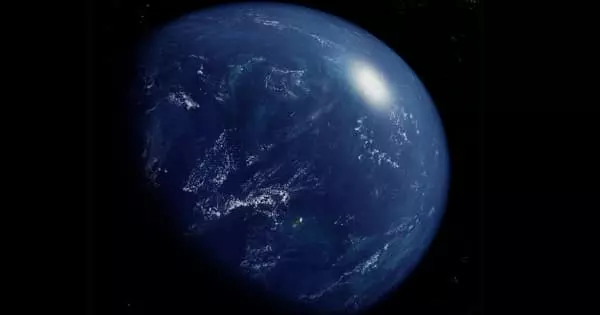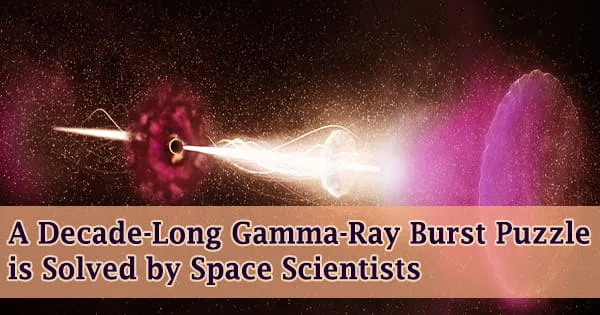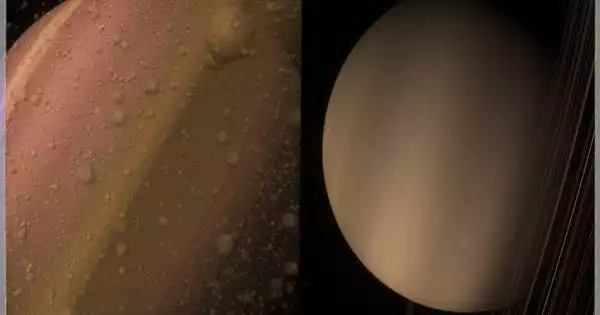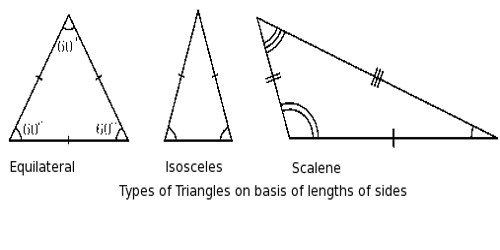Gliese 1214 b is an exoplanet discovered in December 2009 that orbits the star Gliese 1214. GJ1214b, discovered by the MEarth project and studied further by the HARPS spectrograph on ESO’s 3.6-meter telescope at La Silla, is the second super-Earth exoplanet whose mass and radius have been determined, providing crucial clues about its structure. Its parent star is located in the constellation Ophiuchus, 48 light-years from the Sun. It is also the first super-Earth discovered to have an atmosphere.
GJ 1214 b is the most likely known candidate for an ocean planet as of 2017. As a result, scientists have dubbed the planet “the Waterworld.” Its mass is roughly six times that of Earth, and its interior is most likely made of water ice. It appears to be quite hot and surrounded by a dense atmosphere, making it inhospitable to life as we know it on Earth.
The MEarth Project confirmed the discovery of an exoplanet orbiting a nearby red dwarf star, Gliese 1214, on December 16, 2009. The planet is named Gliese 1214b, Gliese indicates that it orbits a star in the three-star system, Gliese, the number indicates the host star it orbits within the Gliese star system, and the letter indicates which planet it is. Its host star, Gliese 1214, is located in our Milky Way galaxy’s immediate vicinity. Gliese 1214b is located 42 light-years from Earth in the constellation Ophiuchus.
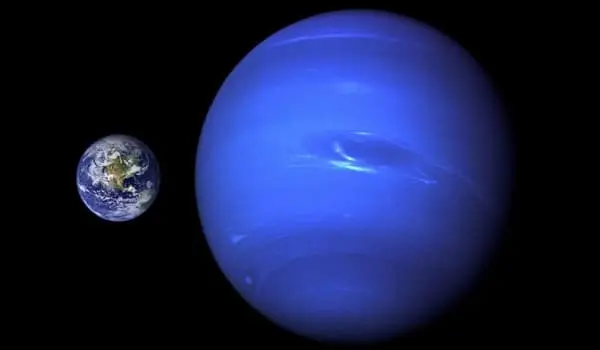
It is a super-Earth, which means it is larger than Earth but significantly smaller (in mass and radius) than the Solar System’s gas giants. It was the second known super-Earth after COROT-7b, and it is the first of a new class of planets with small size and low density. GJ 1214 b is also significant because its parent star is relatively close to the Sun and because it transits (crosses in front of) that parent star, allowing the spectroscopic study of the planet’s atmosphere.
NASA reported in December 2013 that clouds had been detected in the atmosphere of GJ 1214 b.
Planetary Metrics and Composition
Gliese 1214b orbits Gliese 1214 at a distance of 0.0140 Astronomical Units every 38 hours, completing one full orbit. It has a mass 6.36 times that of Earth and a radius 2.69 times that of Earth. It is classified as a Super-Earth because it is larger than Earth and the other terrestrial planets but smaller than our solar system’s ice giants, Neptune and Uranus. Such a size raises compositional questions that scientists did not have enough evidence to answer in 2009.
The amount of dimming seen when GJ 1214 b passes in front of its parent star as seen from Earth can be used to calculate the planet’s radius. Sensitive observations of the parent star’s radial velocity, measured through small shifts in stellar spectral lines due to the Doppler effect, can be used to calculate the planet’s mass. The density of a planet can be calculated using its mass and radius. The density, when compared to theoretical models, provides limited but extremely useful information about the composition and structure of the planet.
Because of the small size of GJ 1214 b’s parent star, spectroscopic observations can be made during planetary transits. The spectrum of the planetary atmosphere can be inferred by comparing the observed spectrum before and during transits.
A study published in December 2010 revealed that the spectrum is largely featureless over the wavelength range of 750–1000 nm. A thick and cloud-free hydrogen-rich atmosphere appears to be ruled out because it would have produced detectable spectral features. Although no clear signs of water vapor or any other molecule were found, the study’s authors believe the planet may have an atmosphere primarily composed of water vapor. Another possibility is that the starlight is being absorbed by a thick layer of high clouds. Additional observations are required to determine the composition of its atmosphere.
